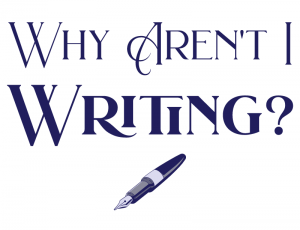In 2004, I was invited to write for a site called Four Corners. It was one of those blogs that aimed to be an international source of food for thought. Today a friend of mine asked about an old blog post that he remembered about me talking about history, almost as if the country was a palimpsest. All I could find here on Chocolate and Vodka was an excerpt and a link… to a dead site.
Thankfully, through the magic of Twitter we managed to track down the blog that underpinned the main site and which exists now as a rather worn and threadbare Typepad blog. It is almost a palimpsest itself.
Here is the original essay, written on 3 April, 2004, for the sake of history. I shall see if I can comb through the old blog there and pull up some of my other posts, just so that I have them. So much of my early writing has vanished, either trapped in print or lost from the pixels of the internet, so it’s nice to rescue this little bit of it.
It’s everywhere – in the air that fills your lungs, in the ground beneath your feet, in the water you drink. In your teeth. It permeates everything, often unseen, unnoticed, unfelt.
But pause a while, sharpen your senses, plant your heels firmly and connect to the rest of the world. Feel it seep up into your body, feel it circulate in your blood, feel it ebb and flow through you, binding you to the rest of time, to your forebears, to your descendants.
You cannot move in Britain for history. Modern, medieval, prehistory. History is here in abundance. Not just the buildings, in the dark oaken beams of a 13th century coaching inn, the fine sweep of majestic Georgian terraces or the peaceful solitude of a Saxon church built on ground that was sacred long before Christianity was brought to the British Isles.
Here, the earth itself bears visible witness to the past, at places like Maiden Castle or Badbury Rings, where the endeavours of long dead Iron Age villagers whose need to protect that which was precious to them found its answer in the ground. Huge earthworks, tonnes of dirt moved by hand to create formidable ditches and ramparts to keep the enemy out.
There is mystery carved into the living earth too – chalk scars connect to create white horses, military badges, human figures. Some of this history is undoubtedly ancient, such as the Uffington White Horse, the oldest and most graceful chalk horse in England, created in the Bronze Age. Some of this history is relatively new. The Fovant Badges were mainly carved during WWI, in remembrance of the soldiers who had given their lives in bloody combat. But look then at the Cerne Abbas Giant – is it an ancient celebration of virility or a relatively modern hoax?
In fact, even the very vegetation that shrouds the dirt with verdant disguise can be historic. The Monmouth Ash is said to still stand, the very tree where James Scott, Duke of Monmouth hid, trying to escape James II. Trees which have withstood the centuries, oaks or beech or churchyard yew, trees which have watched as the world changed, trees in which children played and from which criminals were hanged.
And this is the thread that runs through all time, uniting the historic with the present: the stories of the people who lived, laid and died in these places.
So much of history can never be told, lost to time. But the coaching inn that is still used as a hotel has seen generations of people come, stay for a while and leave. It has stood as each story unfolded and seen the parallels echo down the years, the same parts played by later generations. How many newly married couples, impatiently divesting each other of their clothes? How many children, frightened of sleeping in strange darkness, seeking the comfort and warmth of their parents’ bed? How many arguments, agreements, compromises?
Human experience shaped history and is shaped by history. Some things never change, we feel the same needs as our forebears, the same emotions, the same sun on our skin. It’s all there, everywhere, in front of you, now.
History. You don’t need to look for it. You just need to see it.
{ Comments on this entry are closed }




